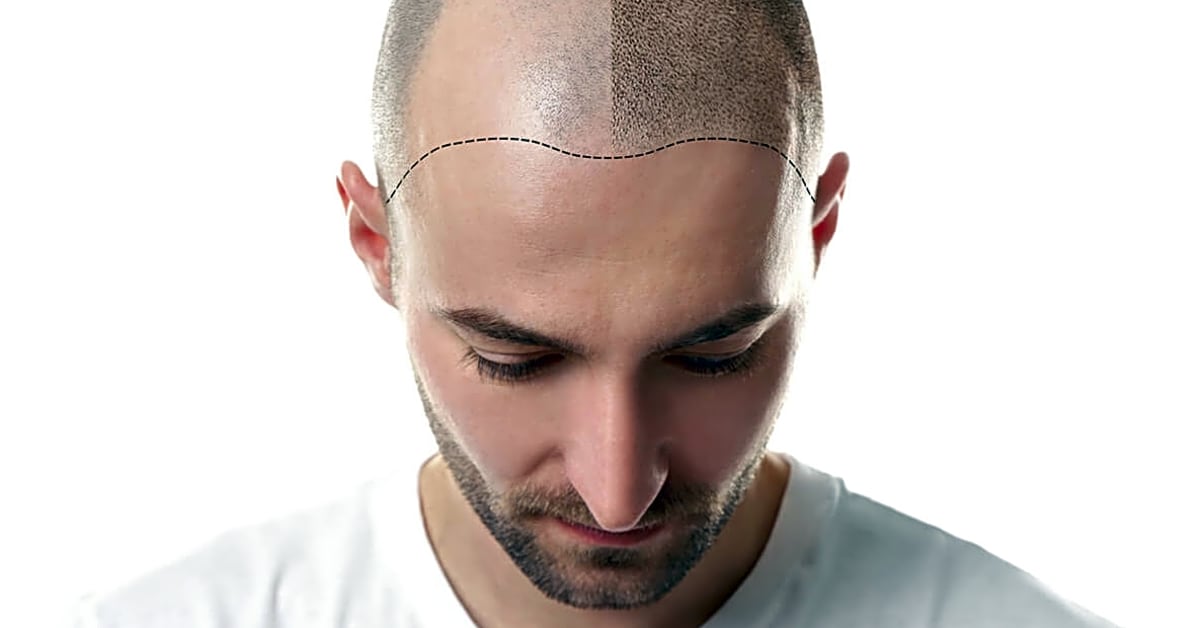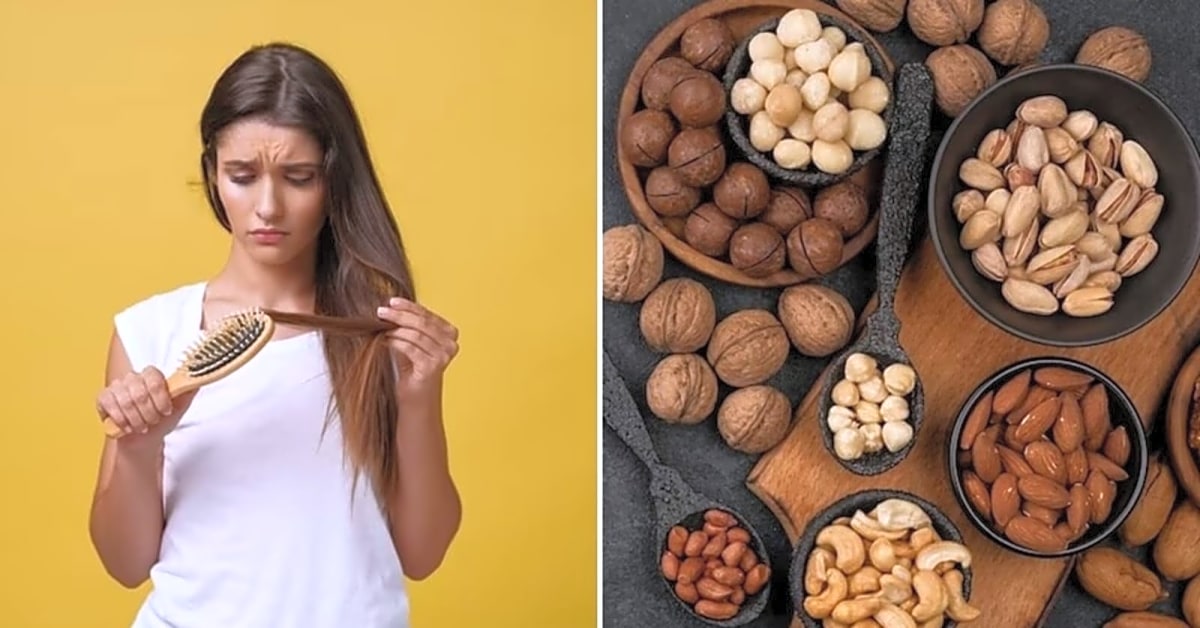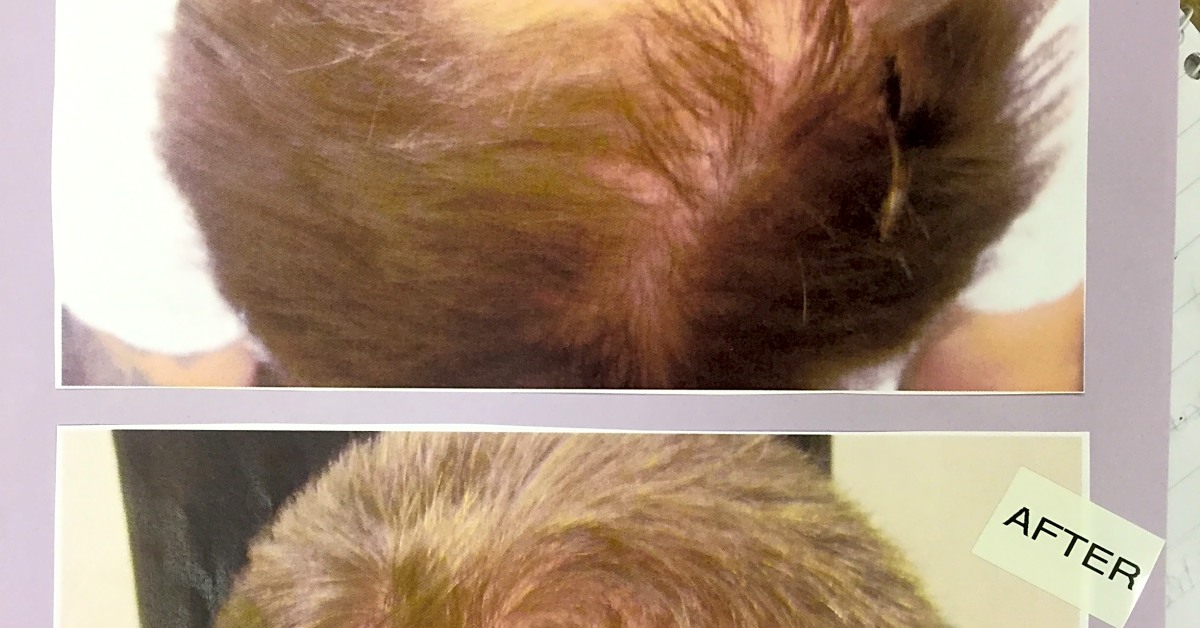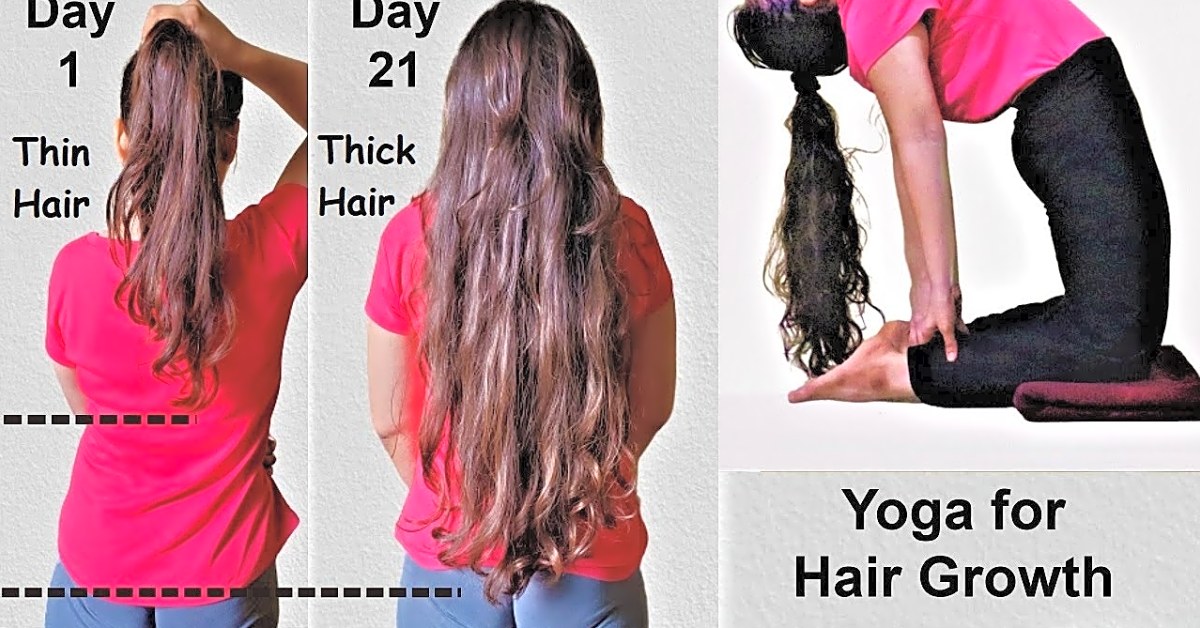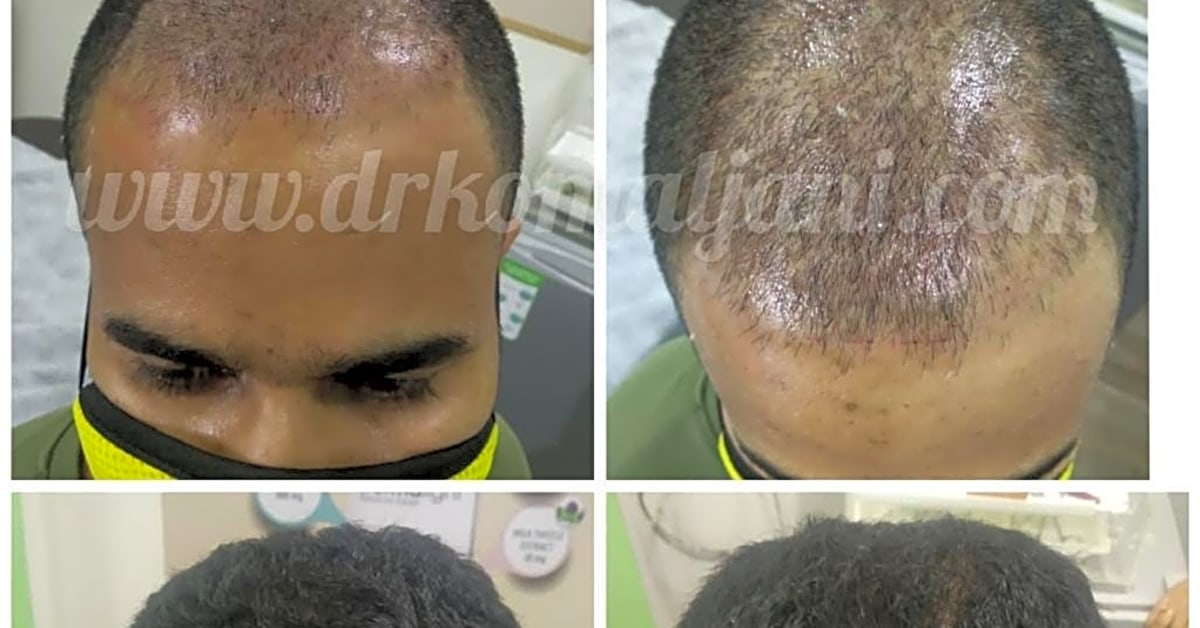In today’s society, hair loss is a common problem that affects both men and women. For many people, losing their hair can lead to feelings of insecurity and low self-esteem. Fortunately, there are various treatments and solutions available for preventing and managing hair loss. One such solution is scalp camouflage techniques. These techniques involve the use of specialized products and methods to conceal baldness and create the appearance of a fuller head of hair. In this comprehensive guide, we will explore the various scalp camouflage techniques and how they can be used to address hair loss. Whether you are experiencing thinning hair or baldness, this article will provide you with valuable information on how to effectively camouflage your scalp and boost your confidence. Join us as we delve into the world of scalp camouflage and discover how it can transform your hair and your life.
If you’re experiencing hair loss or baldness, you’re not alone. This common condition affects millions of people worldwide. Hair loss can be caused by a variety of factors, including genetics, hormonal imbalances, medical conditions, and certain medications. It can also be a natural part of aging.
Regardless of the cause, losing your hair can be a distressing experience. Fortunately, there are now more options than ever to address hair loss and baldness. One popular approach is scalp camouflage techniques – a non-invasive and effective way to restore the appearance of a fuller head of hair.
But before we dive into scalp camouflage techniques, it’s important to understand the causes of hair loss and why it happens. This will help you better understand how these techniques can work for you.
What Causes Hair Loss?
Hair loss can occur due to a variety of reasons. One of the most common causes is genetics. If you have a family history of hair loss, you may be more likely to experience it yourself. This is known as male or female pattern baldness.
Hormonal imbalances can also contribute to hair loss. For example, an excess of dihydrotestosterone (DHT) can cause hair follicles to shrink and eventually stop producing hair. This is often seen in conditions like polycystic ovary syndrome (PCOS) or during menopause.
Medical conditions, such as thyroid disorders or autoimmune diseases, can also lead to hair loss. Additionally, certain medications used to treat these conditions may have hair loss as a side effect.
Treatments for Hair Loss
If you’re concerned about hair loss or baldness, there are several treatments available that may help restore your hair. These include medications, supplements, and procedures like hair transplants.
One popular option is minoxidil, a topical medication that can help stimulate hair growth. Finasteride, an oral medication, can also be effective in treating male pattern baldness.
In addition to medications, there are also natural supplements that may help promote hair growth, such as biotin and saw palmetto.
Scalp Camouflage Techniques
For those looking for a non-invasive option to address hair loss, scalp camouflage techniques can be an excellent choice. This approach involves using pigments to create the illusion of a fuller head of hair.
The process involves applying the pigments to the scalp in a way that mimics the appearance of natural hair follicles. This can help cover up areas of thinning or baldness and create a more even and natural-looking hairline.
Male vs. Female Hair Loss
While both men and women can experience hair loss, the causes and treatments may differ. For example, male pattern baldness typically starts with a receding hairline and thinning at the crown, while female pattern baldness often involves overall thinning of the hair.
When it comes to scalp camouflage techniques, the process is similar for both men and women. However, the placement and color of the pigments may vary depending on the individual’s specific hair loss pattern.
In Conclusion
If you’re concerned about hair loss or baldness, there are many options available to help restore your hair. Scalp camouflage techniques offer a non-invasive and effective solution for those looking to improve the appearance of their hairline. With this comprehensive guide, we hope you have a better understanding of how these techniques work and how they can benefit you. Don’t let hair loss hold you back any longer – try scalp camouflage techniques today!
Treatments and Products for Hair Loss
Hair loss can be a distressing experience for many people, but fortunately, there are a variety of treatments and products available to help address this issue. From medication to laser therapy, each option has its own unique benefits and methods of action. In this article, we’ll break down each treatment and product for hair loss and explain how they work.
Solutions for Male and Female Hair Loss
Hair loss can affect both men and women, but the causes may differ. For men, the most common cause of hair loss is male pattern baldness, which is caused by a hormone called dihydrotestosterone (DHT). DHT causes hair follicles to shrink, resulting in thinner and shorter hair until eventually, the follicle stops producing hair altogether.
For women, the most common cause of hair loss is female pattern baldness, which is also caused by DHT. However, in women, hair loss is typically more diffuse and can be caused by a variety of factors such as genetics, hormonal changes, and medical conditions.
Fortunately, there are solutions available for both men and women to help slow down or even reverse hair loss. Let’s take a look at some of the most effective treatments for each gender.
Understanding Hair Loss: Why it Happens
To effectively treat hair loss, it’s important to know why it happens in the first place. We’ll discuss the common causes, such as genetics, diet, and stress.
Hair loss can be a distressing experience for both men and women. While some hair loss is a natural part of aging, it can also be caused by a variety of factors.
One of the most common causes of hair loss is genetics. If your parents or grandparents have experienced hair loss, there is a higher chance that you will as well. This is due to certain genes being passed down that can lead to hair follicles shrinking and eventually stopping hair growth.
Diet can also play a role in hair loss. A lack of essential nutrients, such as protein and iron, can contribute to weak and thinning hair. On the other hand, a well-balanced diet with plenty of vitamins and minerals can help promote healthy hair growth.
Stress is another factor that can contribute to hair loss. When we experience high levels of stress, our bodies produce more cortisol, which can disrupt the natural hair growth cycle. This can lead to an increase in shedding and thinning of the hair.
By understanding the root causes of hair loss, you can better address and treat the issue. In the following sections, we’ll explore scalp camouflage techniques that can help improve the appearance of thinning hair and promote regrowth.
With so many scalp camouflage techniques available, it’s important to understand the options and choose what’s right for you. Whether you’re looking to prevent or treat hair loss, this guide has covered all the basics and more. Remember to consult with a professional before starting any new treatment. Here’s to healthy and happy hair!

